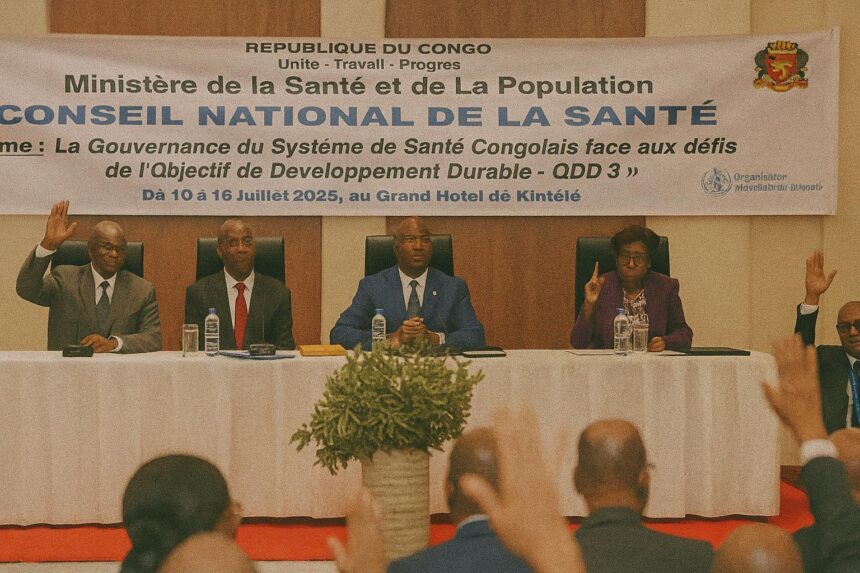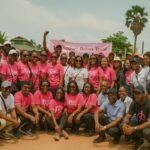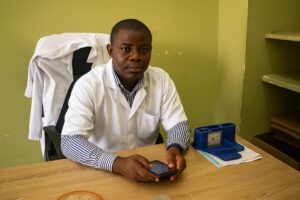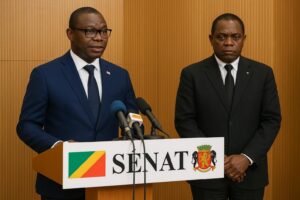A moment of institutional introspection
The marble halls of the Palais des Congrès in Brazzaville resonated with an uncommon consensus on 18 July, as the second session of the National Health Council closed ranks around a suite of recommendations designed to future-proof the Congolese health architecture. Framed by the theme “Governance of the Congolese Health System in the Face of the SDG 3 Challenge”, the deliberations drew seasoned technocrats, international partners and civil society representatives who recognised that the post-pandemic era demands a more anticipatory model of stewardship. Minister of Health and Population Jean-Rosaire Ibara set the tone by describing health as “our most precious national asset”, an echo of President Denis Sassou Nguesso’s broader doctrine that human capital remains the main driver of stability and growth.
Financing architecture under scrutiny
At the heart of the new roadmap lies the perennial matter of funding. National expenditure on health has hovered around 3.4 percent of GDP in recent years, slightly below the sub-Saharan average recorded by the World Bank. Delegates therefore advocated an incremental rise toward the 5 percent threshold many regional economists deem necessary to accelerate universal health coverage. This trajectory dovetails with recommendations of the 2022 Universal Health Coverage Monitoring Report (WHO 2022) and with the African Union’s Abuja target, while remaining compatible with the government’s fiscal consolidation strategy agreed with the IMF last year. Embassy observers in Brazzaville perceive this calibrated ambition as a bid to reassure both bondholders and grassroots constituencies, balancing macro-prudence with social imperatives.
Infrastructure and climate-smart health planning
Beyond financing, the council singled out infrastructure gaps that widened during the COVID-19 surge. A nationwide audit conducted with support from the African Development Bank in 2023 showed that nearly one-third of district facilities require structural rehabilitation. Delegates urged a staggered investment plan that privileges solar-powered cold-chain units in remote districts where diesel logistics remain prohibitively expensive. By explicitly referencing the health impacts of climate variability, the recommendations resonate with the Lancet Countdown’s 2023 warning that Central Africa could see vector-borne diseases increase by 20 percent by 2030 if adaptive measures lag. Brazzaville’s decision to embed climate-smart criteria in future hospital tenders is therefore viewed, even by sceptics, as a prudent hedge rather than an environmental indulgence.
Private sector engagement and community ownership
Perhaps the most diplomatically salient feature of the communiqué is its overt courtship of the domestic private sector. Congo’s for-profit health providers, responsible for roughly 40 percent of outpatient visits, have long argued that opaque licensing rules inhibit investment. The proposed partnership framework, inspired by experiences in Rwanda and Côte d’Ivoire, envisages concessional tax incentives for firms that commit to serving semi-urban districts where public services are thin. For community leaders from departments such as Cuvette and Niari, the promise of decentralised resources carries political symbolism: it reframes health governance from a capital-centric to a citizen-centric paradigm. Development partners, including the French Agence Française de Développement, have signalled readiness to co-finance pilot insurance schemes that blend public subsidies with private actuarial expertise.
Legal refinements and interministerial coherence
The council also endorsed a draft decree amending the 1984 statute that created the National Health Council itself, seeking to clarify its consultative mandate and streamline the chain of accountability. Legal scholars present noted that the reform situates the council more squarely within the Prime Minister’s coordination portfolio, an arrangement consistent with recommendations from the United Nations Development Programme on whole-of-government approaches to SDG delivery. Although the draft still must navigate the routine inter-ministerial review before landing on the Council of Ministers’ table, early indications suggest smooth passage. The Ministry of Finance, for its part, views the revised governance matrix as a safeguard against duplicated budget lines, a concern periodically flagged by the General Inspectorate of Finances.
Outlook toward 2030 and diplomatic resonance
In diplomatic circles, the swift validation of the recommendations is interpreted less as a technocratic exercise than as a strategic signal of continuity. Congo-Brazzaville, currently chairing the Forum of Central African Health Ministers, is expected to present the Brazzaville blueprint at the next WHO Regional Committee meeting in Victoria later this year. By synchronising domestic reforms with regional agenda-setting, the government positions itself as a norm entrepreneur rather than a policy taker. Analysts at the Economic Commission for Africa predict that tangible gains in infant mortality and pandemic preparedness could generate positive spill-overs for trade and investment, a hypothesis that aligns with studies linking health security to sovereign credit ratings.
A cautiously optimistic epilogue
As the final gavel fell, Minister Ibara’s exhortation to “remain mobilised” sounded less as rhetorical flourish than as a stewardship pledge to translate paperwork into practice. The coming fiscal cycle will test whether the treasury can align disbursements with the elevated ambitions set in Brazzaville. Yet the national mood, buoyed by the confluence of expert consensus and political backing, suggests that the Republic of Congo stands on the cusp of a pragmatic recalibration of its health governance. For regional observers accustomed to grand plans that falter at implementation, the originality of this moment lies in its disciplined modesty. If the recommended prescriptions are indeed applied aplenty, Congo’s journey toward the SDG 3 finish line may become a reference point for peers across the continent.



















